Students
Segundo de Bachillerato. Grupo D
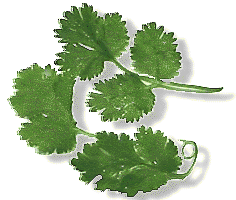
2º C de Bachillerato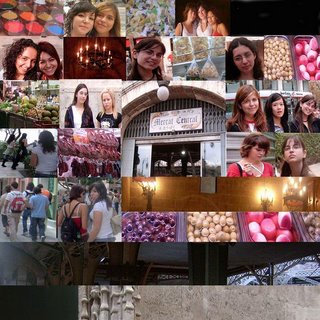
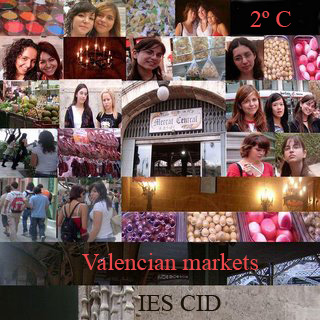

HISTORY
The first settlers in the peninsula
There are two major diets in the peninsula. One was found in the northwest part of the peninsula, with more animal fats corresponding to the villages in the north. The other could be considered the precursor of the Mediterranean diet and was found in the Iberian part of the peninsula.
Foods found in archaeological excavations include diverse types of legumes, onions, and garlic. The olive was introduced by the Phoenicians. They introduced also the pork: Olives, as well as pork, were introduced by the Phoenicians
Greeks
In the Iberian peninsula, Greeks introduced the so called "Trilogía del Mediterráneo": Wheat, vineyard olive tree.
Romans:
As early as Roman times it could be said that, with the exception of products later imported from the Americas, many modern foods were consumed, although mostly by the aristocracy, not the middle class.
Cooking references from that era comment on the eating habits in Rome, where dishes from all of the Empire's provinces were brought to. So, for example, it is known that thousands of amphoras of oil were sent to Rome from Spain. Nonetheless, and especially in the Celtic areas, consumption of animal products (from lamb, beef, etc.) was more common than consumption of vegetables.
Already in that era, cabbages were well known and appreciated, and considered a panacea for various ailments. Other popular vegetables of that time were thistles (such as artichokes) and onions.
In Roman Spain the hams of Pomeipolis (Pamplona) had great prestige. The export of pork  products became the basis of a strong local economy.
products became the basis of a strong local economy.
It is almost certain that lentils were already consumed in Roman Spain, because they formed a stable food for the army and because they are easy to preserve and transport. Fava beans were known from antiquity and were considered sacred by the Romans. In the Saturnalia, the later December festival in honor of Saturn, fava beans were used to choose the king of the festival. This custom is believed to be the source of the present day custom of hiding an object in the Roscón de Reyes (similar to the sixpence traditional in a Christmas pudding); until quite recently, that object was a fava bean.
"Garbanzos" were also popular, primarily among the poorer classes.
Mushrooms were common and popular in the northern part of the country.
Viticulture already was known and practiced by the Romans, but it seemed as well the fact that it was the Greeks who extended the vine across the Mediterranean region. This includes those wines that were most popular in the Empire.
In this era (speaking now of the tables of the wealthy), they ate while lying in bed (a custom acquired from the Greeks) and using their hands, because forks were still unknown. Tablecloths were introduced in the 1st century. They came to use two plates, one flat (platina or patella) and the other deep (catinus), which they held with the left hand. That hand could not be used for many other things while eating, given that they ate with their left arms while reclining in bed, so that only the right hand was free.
Knives were known, but not particularly needed at table because the dishes were cut up by slaves into bite-size pieces. They used spoons, which, like today, had different sizes, depending on what they were used for. The first spoons were made from clam shells (hence, the name cuchara), with silver handles.
Jewish and Moors
A significant portion of Spanish cuisine derives from the Jewish and Moorish traditions. The Moors were a strong influence in Spain for many centuries and some of their food is still eaten in Spain today. However, pork is popular and for centuries eating pork was also a statement of Christian ethnicity or limpieza de sangre, because it was not eaten by Jews or Muslims. Muslim introduced herbs and spices, rice and citruses, vegetables as spinach or pepperoni, and other fruits that you can find today in the Spanish markets.
Muslims continued the construction of roman irrigables and commercialise olive oil everywhere.
American´s products
Several native foods of the Americas were introduced to Europe through Spain, and a modern Spanish cook couldn't do without potatoes, tomatoes, peppers or beans. These are some of the primary influences that have differentiated Spanish cuisine from Mediterranean cuisine, of which Spanish cuisine shares many techniques and food items.
The essential ingredient for real Spanish cooking is olive oil, as Spain produces 44% of the world's olives.
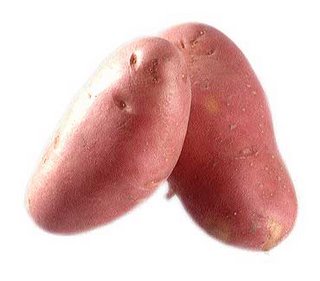 e vor Kolumbus. Wenn dieser gleichwohl bis heute als Entdecker Amerikas gilt, ist dies darauf zurückzuführen, dass erst seine Reisen zu dauerhafter Kolonisierung sowie kontinuierlicher Besiedlung durch Menschen anderer Kontinente in geschichtlicher Zeit führten.
e vor Kolumbus. Wenn dieser gleichwohl bis heute als Entdecker Amerikas gilt, ist dies darauf zurückzuführen, dass erst seine Reisen zu dauerhafter Kolonisierung sowie kontinuierlicher Besiedlung durch Menschen anderer Kontinente in geschichtlicher Zeit führten.This market opens at 8 am, and is amazing in the morning. Most of the vendors are still putting out their selection of seafood, produce, bread, pasteries, meat, etc. It is a very large market and even if you aren´t hungry, its likely that you will find something there that looks good to eat.
Everything is very Fresh and cheap. You can to pick up some bread, meat, cheese and fruit, fish and vegetables.


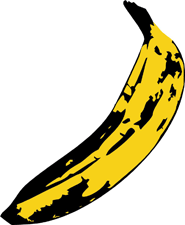
 presentation. 1, 20 m. long.
presentation. 1, 20 m. long. 
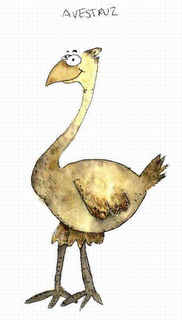
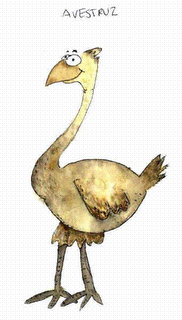
In the Central Market there are shops of herbs and spices as saffron or pimentón (Spanish paprika). Locally grown herbs such as mustard, anise, coriander, basil, and parsley had partly substituted for spices that had to be imported at great expense from Asia. Perhaps xome exceptions had transatlantic origin, from the New World.
At the apogee of Roman influence during the second century AD, most grains, fruits, vegetables, and condiments we associate with traditional Italian or Spanish cuisine were being grown somewhere on the Iberian Peninsula during roman era.
Arabs were more accustomed to a mix of fruit, vegetables, and legumes, and their cuisine was conspicuously low in animal protein, though lamb was almost always served at banquets. Roasted lamb might be "stuffed with chopped meats fried in sesame oil, with crushed pistachios, pepper, ginger, cloves, mastic, coriander, cardamom and other spices, sprinkled with musk-infused rose water."